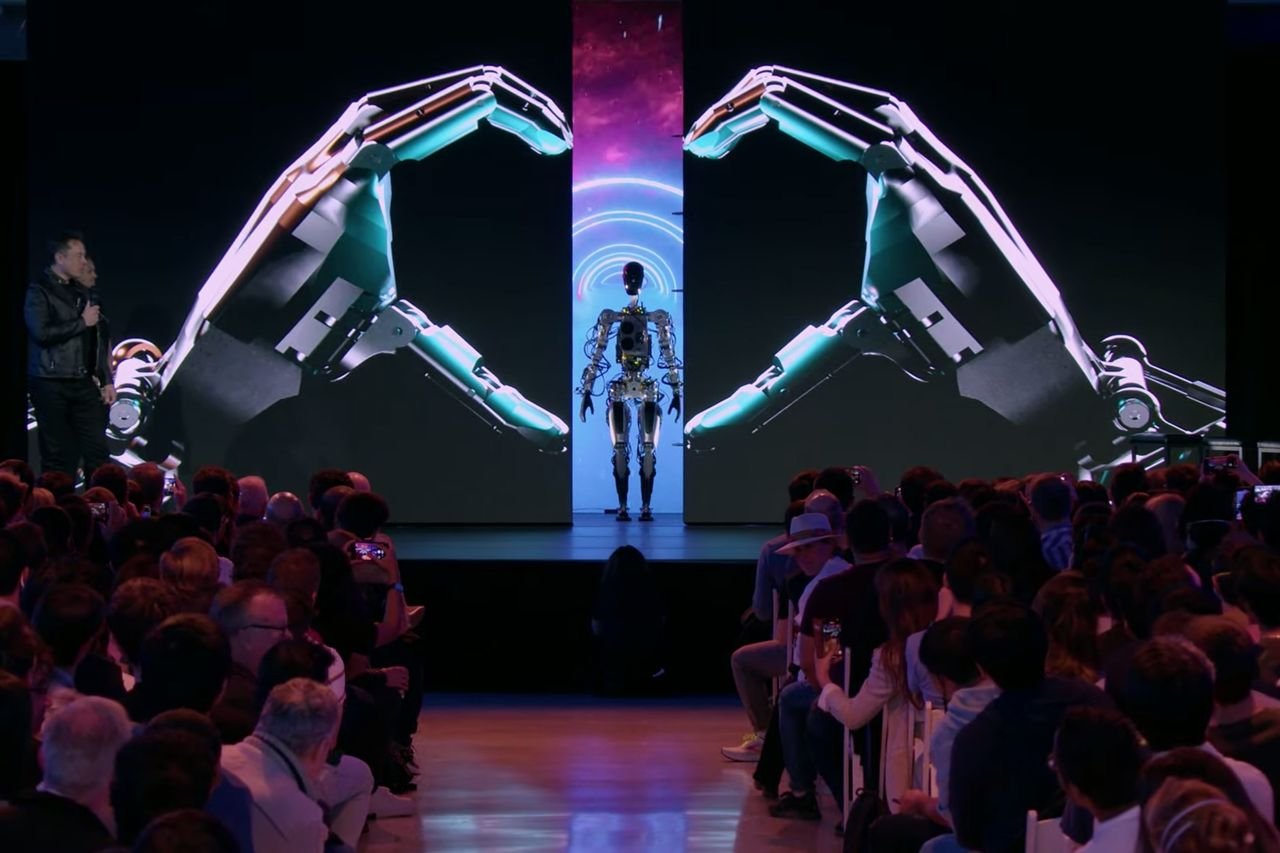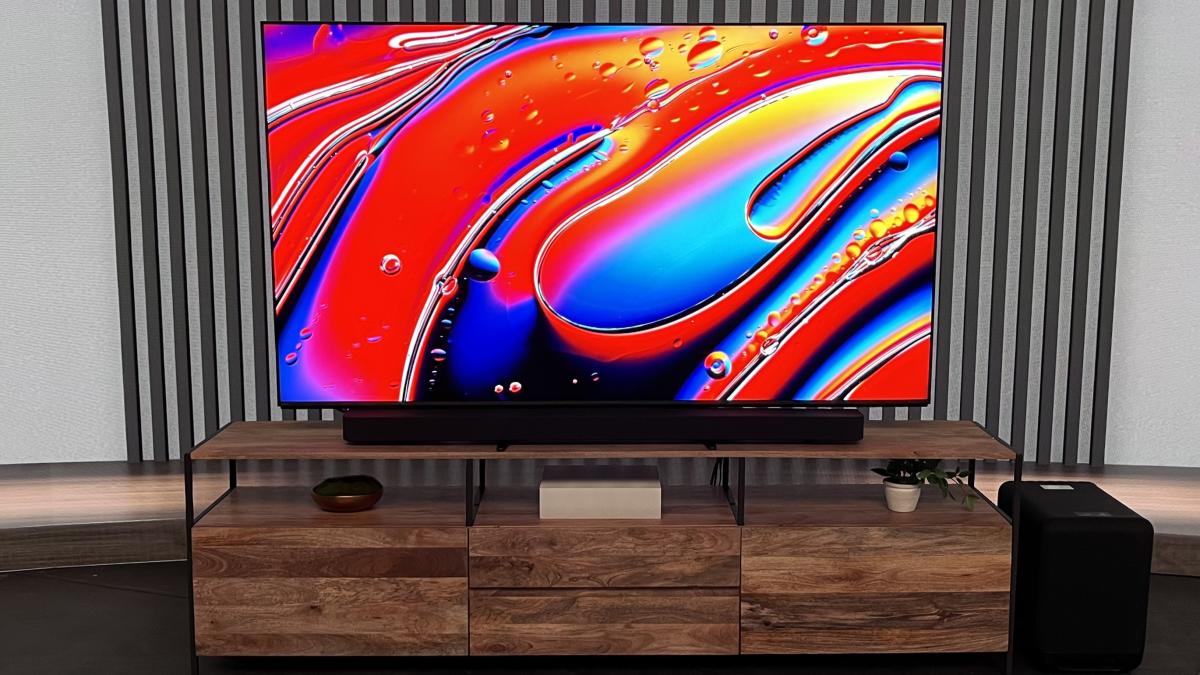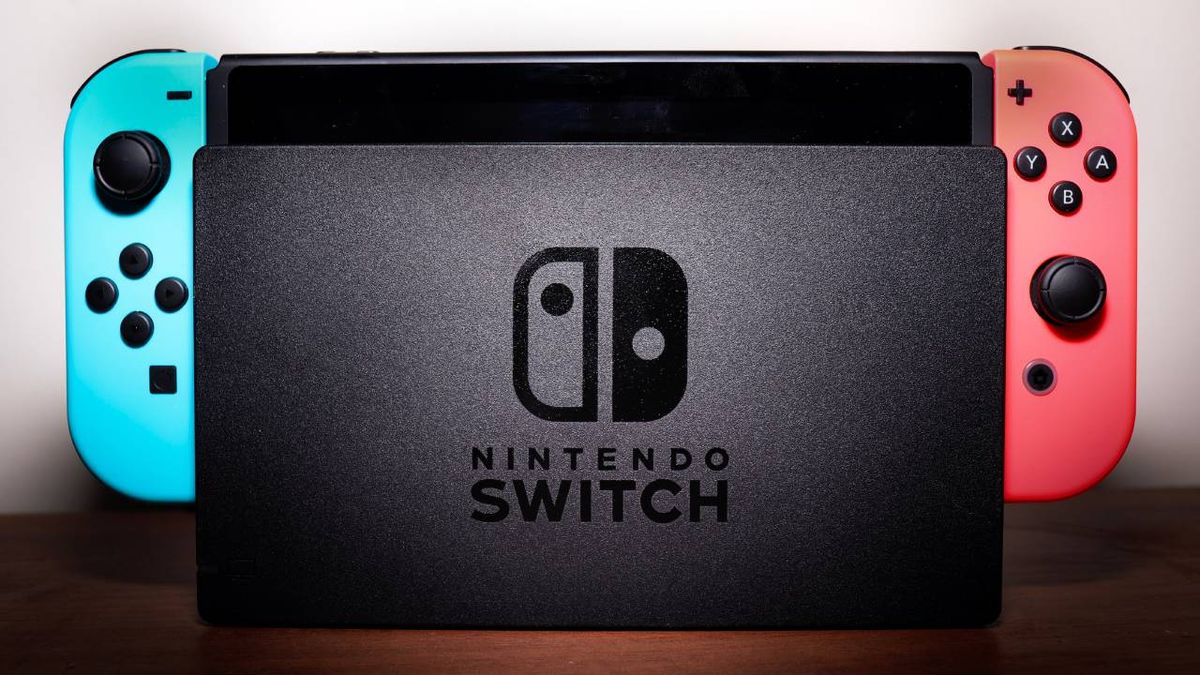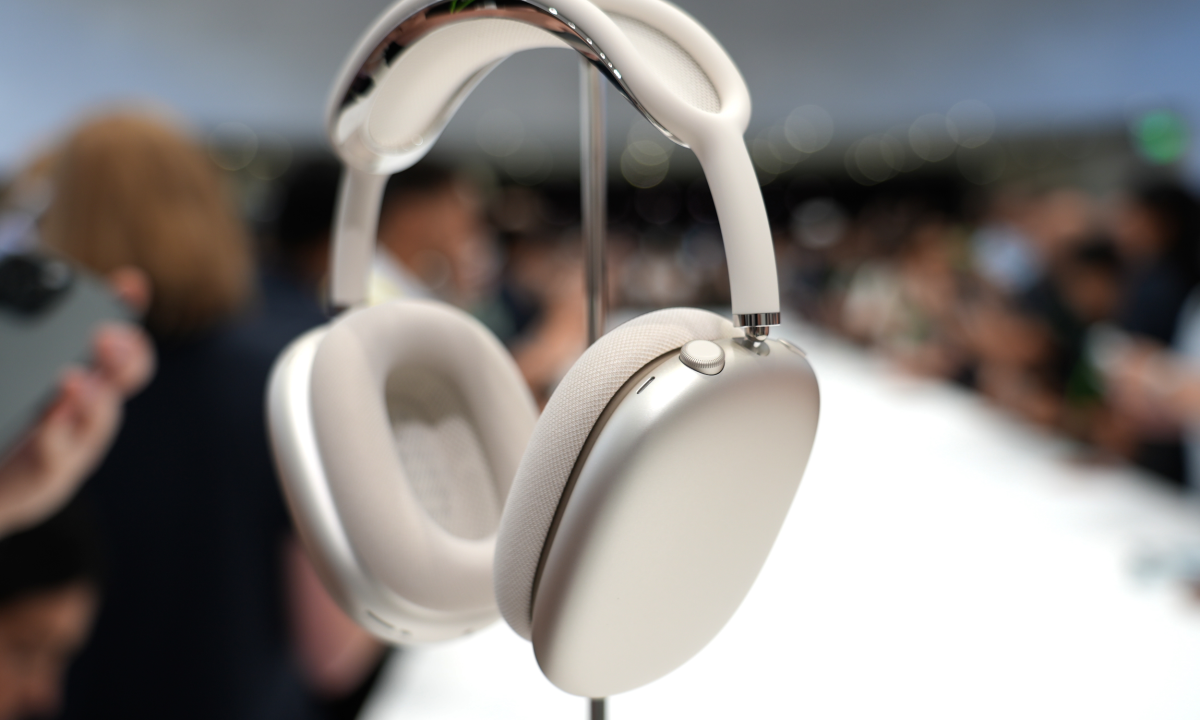Elon Musk, the CEO of Tesla, has been vocal about his vision for the Optimus humanoid robot, aiming not only to integrate it into industrial settings but also to make it a relatable companion in everyday life. With recent developments and statements, it’s clear that Tesla is pushing the boundaries of what humanoid robots can achieve, emphasizing functionality intertwined with a design that hopes to earn a place as a ‘friendly’ entity in human environments.
A Leap in Robot Capabilities
Optimus, a project that Tesla has been developing for years, has recently showcased significant upgrades in its capabilities. The latest model, dubbed “Gen 2,” has been equipped with hands featuring 22 degrees of freedom, allowing for movements and tasks nearly as complex as those performed by human hands. This upgrade is a part of Tesla’s ongoing efforts to enhance the robot’s utility in performing a variety of tasks, from delicate to robust industrial functions.
Towards Mass Production and Market Integration
Musk has indicated that Tesla plans to initiate volume production and deliveries of the Optimus robot by 2025. This timeline reflects Tesla’s confidence in the robot’s development and its potential impact on both industrial operations and everyday tasks. The company envisions Optimus taking over repetitive, mundane tasks that are currently handled by humans, suggesting a future where these robots could become commonplace in factories and potentially homes.
Humanoid Robots as Social Entities
In addition to its functional capabilities, Musk has expressed a desire for Optimus to be seen not just as a tool but as a companion. This vision for Optimus aligns with Tesla’s broader goal of making advanced technology relatable and accessible. Musk’s statement about wanting Optimus to be “good looking” and something people consider a friend hints at an emerging era of robotics where machines could play more integral, socially engaging roles in human environments.
Potential Impact and Public Perception
The broader implications of Tesla’s Optimus are significant, pointing to shifts in manufacturing, daily living, and even social structures. As Tesla continues to unveil more functionalities of Optimus, like its recent demonstrations of handling various objects with care and precision, the public and industry watchers are keenly observing how these developments will translate into practical applications.
Tesla’s journey with Optimus represents a bold step towards redefining the interface between humans and robots. By focusing on both the functional and social dimensions of its humanoid robot, Tesla is not just innovating but also shaping the discourse on the future roles of robots in society.









Add Comment